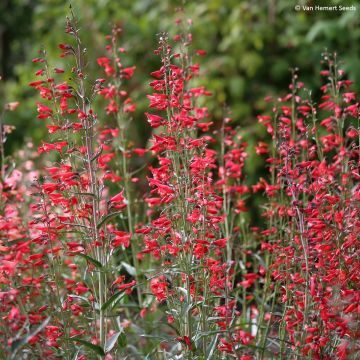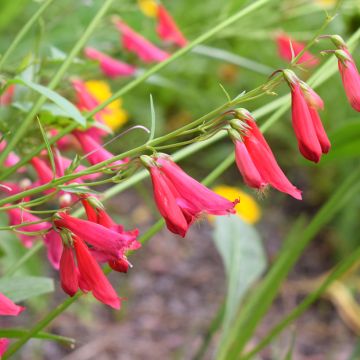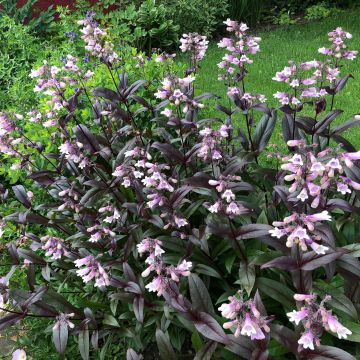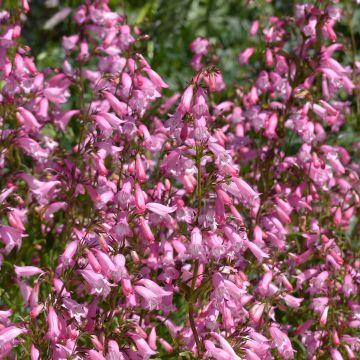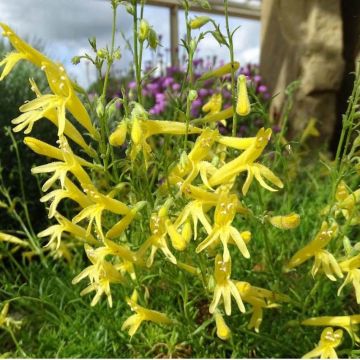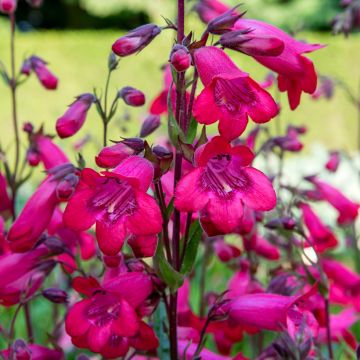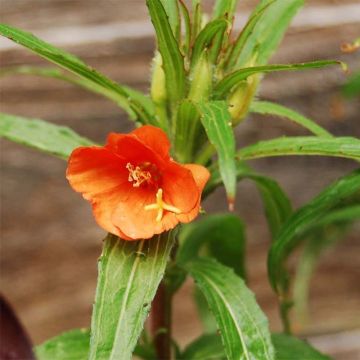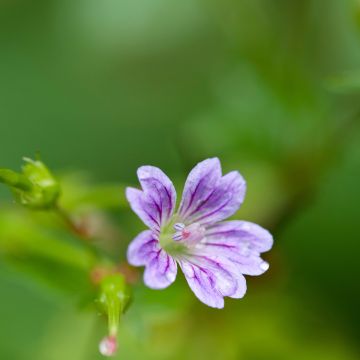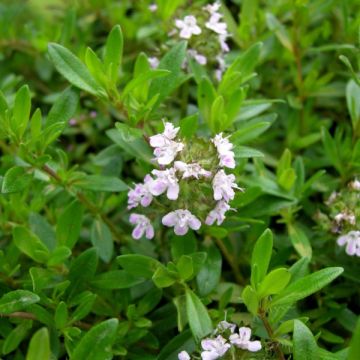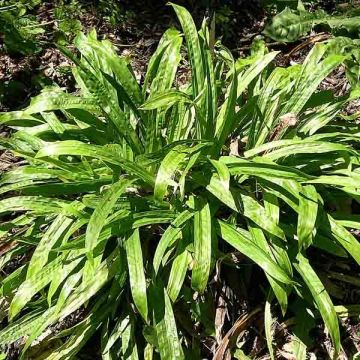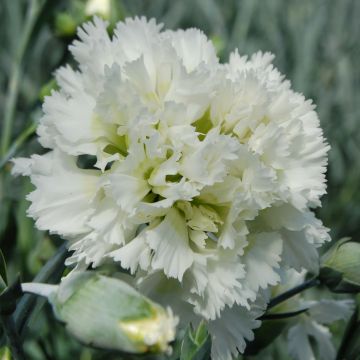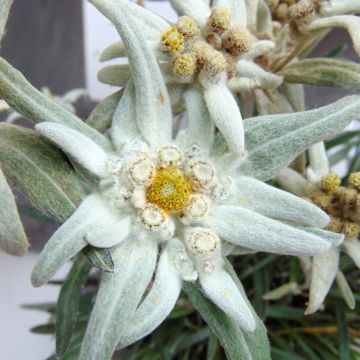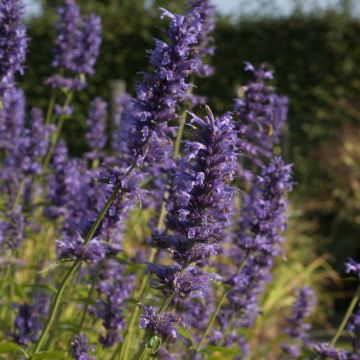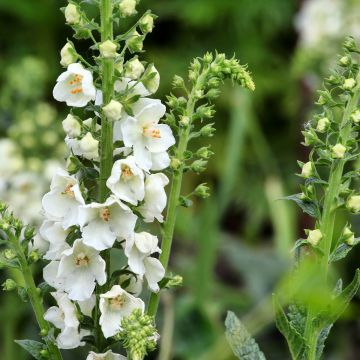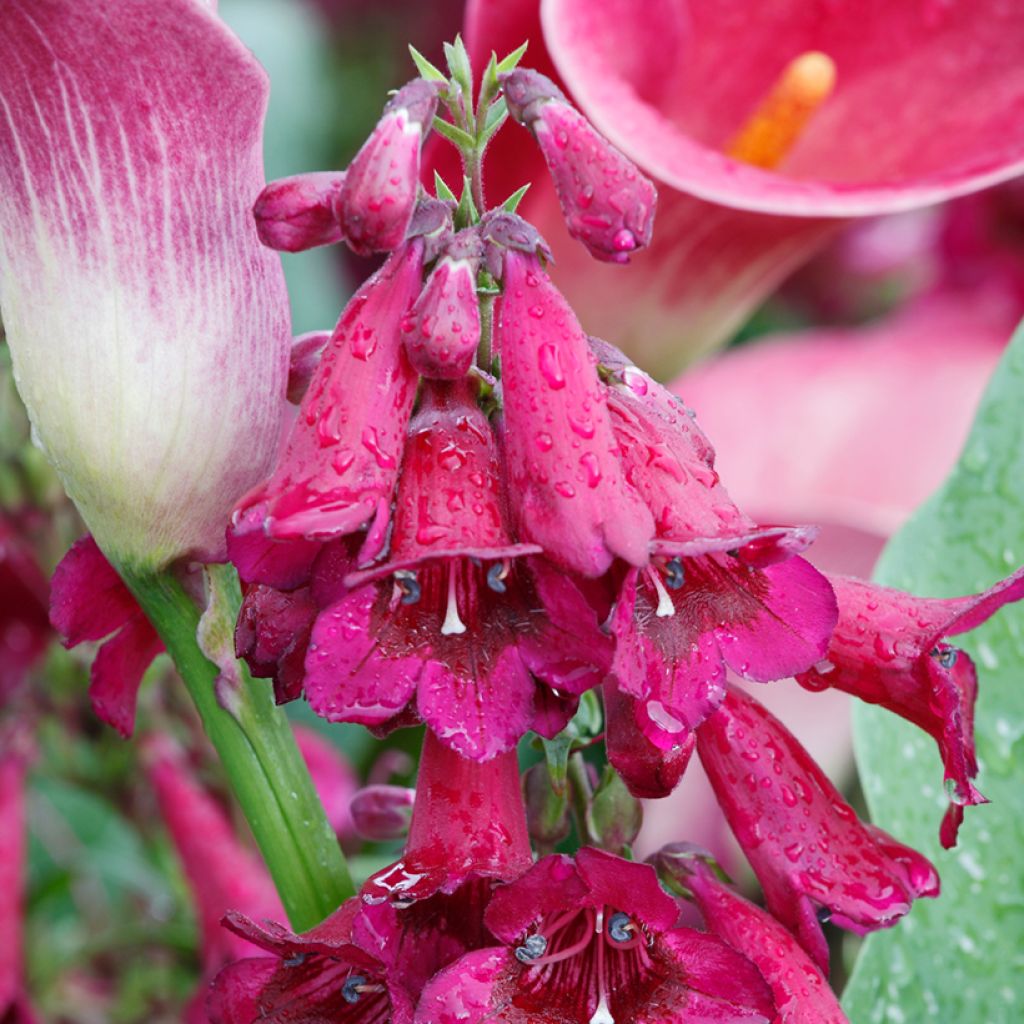

Penstemon hybrida Rich Rubyv
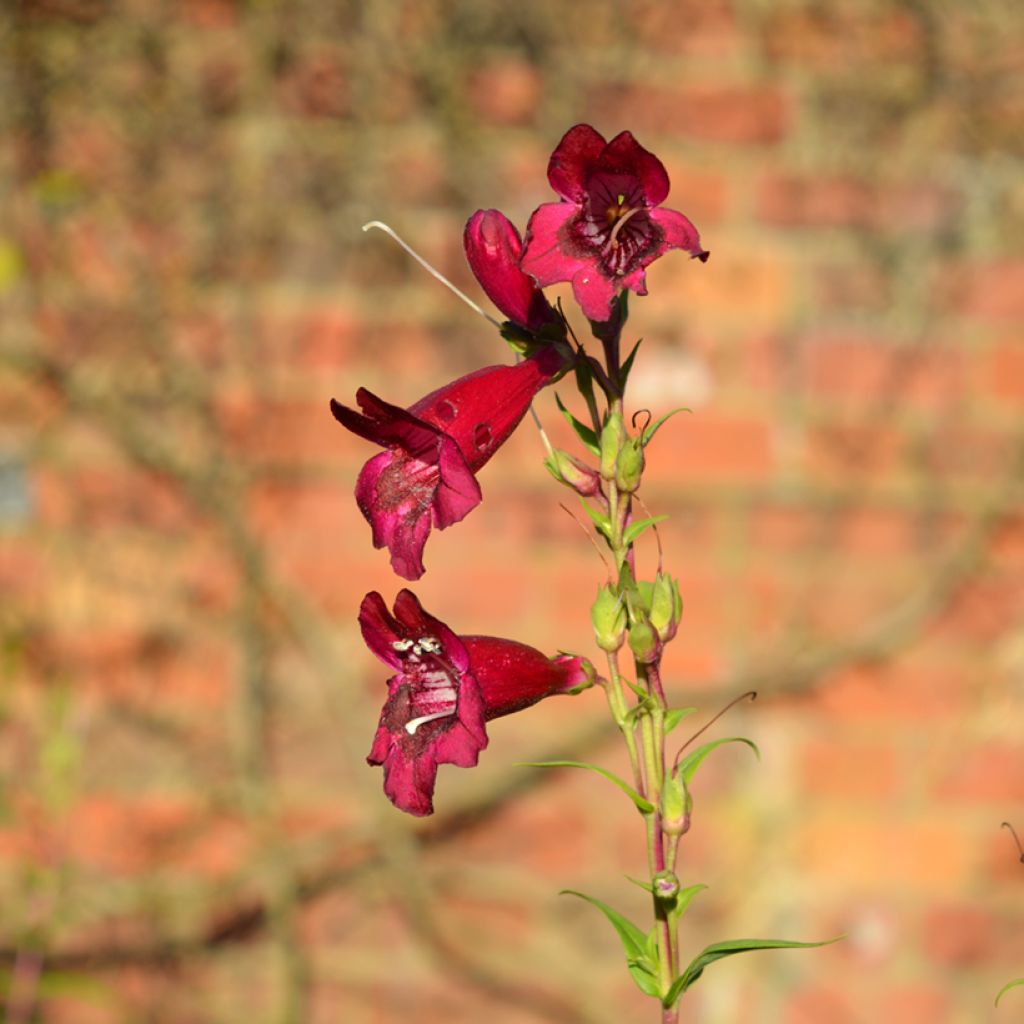

Penstemon hybrida Rich Rubyv
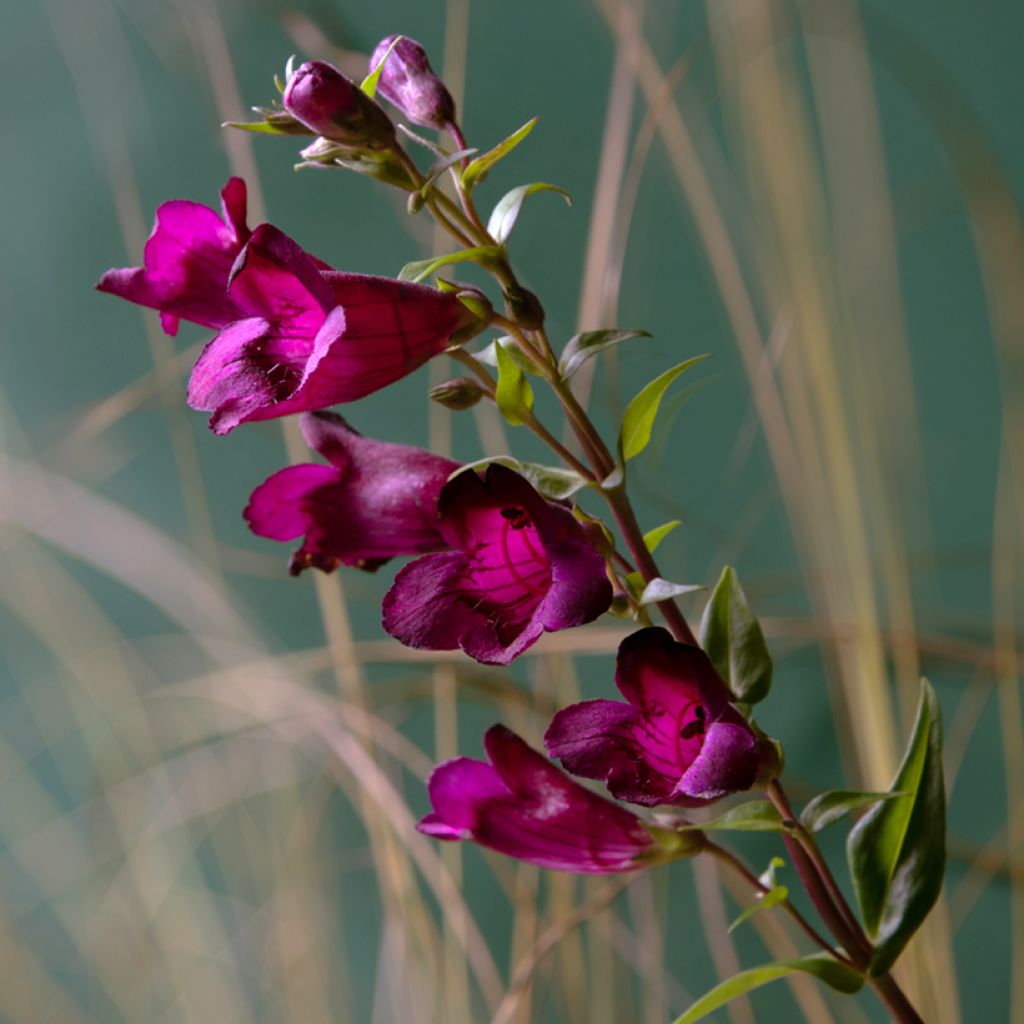

Penstemon hybrida Rich Rubyv
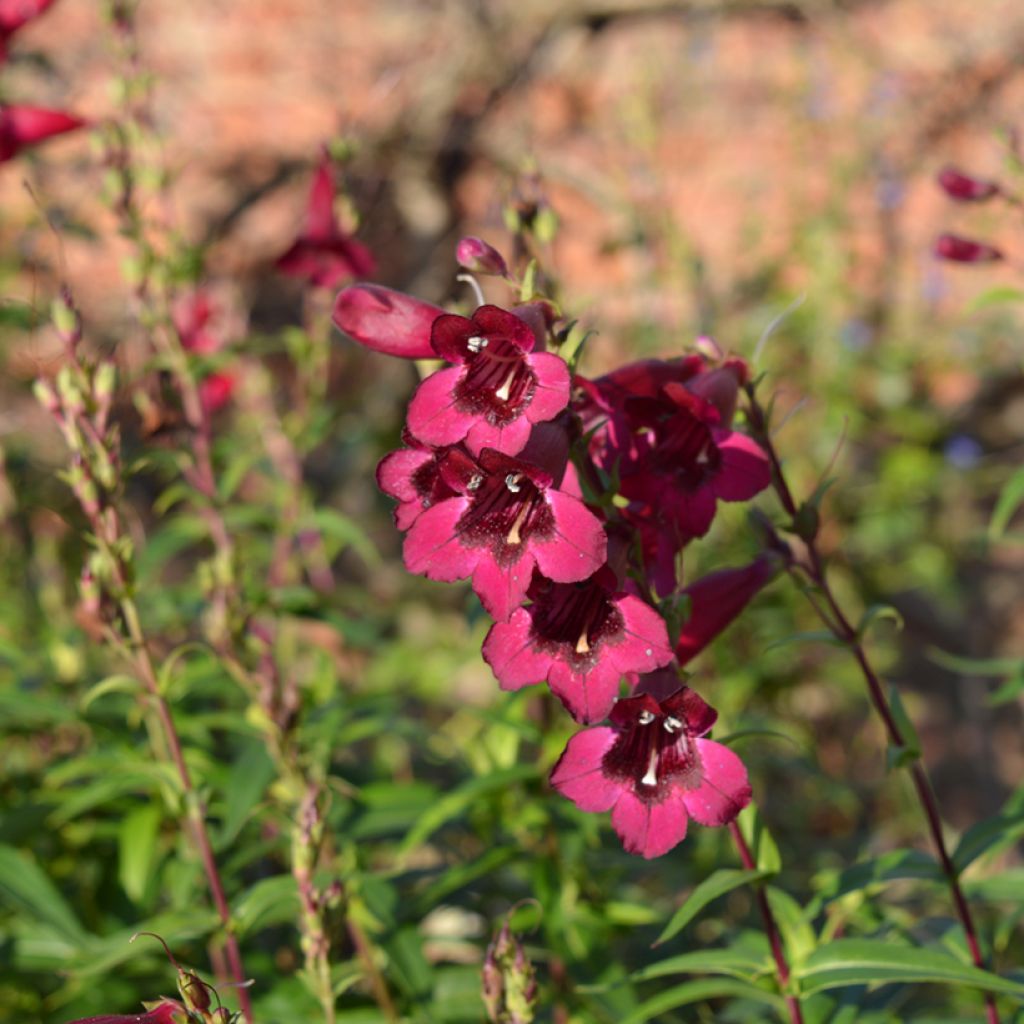

Penstemon hybrida Rich Rubyv
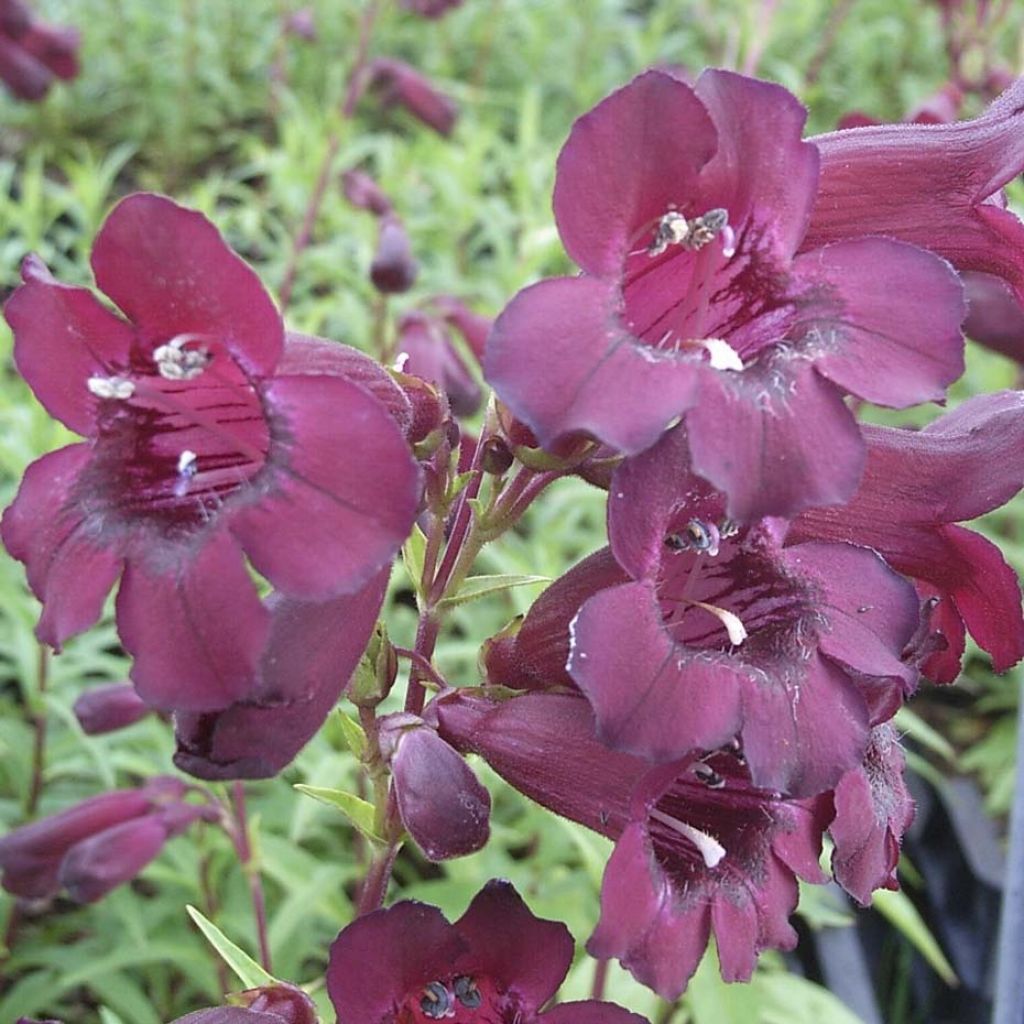

Penstemon hybrida Rich Rubyv
Penstemon hybrida Rich Rubyv
Penstemon x hybrida Rich Ruby
Bellflower Beardtongue, Canterbury Bells Penstemon
Very surprised by the development of the young plant that I found small upon reception, it quickly grew to produce magnificent shoots with beautiful flowers. I am truly satisfied!
Marlène, 23/08/2023
This item cannot be shipped to the selected country
Delivery charge from €5.90
More information
Schedule delivery date,
and select date in basket
This plant carries a 12 months recovery warranty
More information
We guarantee the quality of our plants for a full growing cycle, and will replace at our expense any plant that fails to recover under normal climatic and planting conditions.
From €5.90 for pickup delivery and €6.90 for home delivery
Express home delivery from €8.90.
Does this plant fit my garden?
Set up your Plantfit profile →
Description
The Penstemon 'Rich Ruby' is a robust variety of beardtongue. Reaching a height of over 70 cm (28in), it produces long reddish stems with an abundance of large campanulate flowers in burgundy to wine-red with a heavily striated white throat of the same dark red. This perennial is undoubtedly not the hardiest, but it tolerates drought and adapts to ordinary soil. Stunning in summer borders or planted in large containers, it is also an excellent cut flower.
The hybrid Penstemon 'Rich Ruby' is a bushy, woody perennial belonging to the family Scrophulariaceae, just like foxgloves and snapdragons. Like many hybrid penstemons, it results from cross-breeding several species, most native to Central and North America. This variety forms beautiful upright and generous clumps, reaching 70 cm (28in) to 1 m (3ft) in height, with a minimum diameter of 60 cm (24in). Its purple-green and branching stems are covered with abundant lanceolate medium-green foliage. It has a relatively rapid growth rate. Flowering occurs from June to September to October, developing at the terminal part of the leafy stems. The bell-shaped flowers are arranged in somewhat loose clusters. They display a vibrant, intense burgundy or wine-red colour, with a striated red throat surrounded by a violet halo. The flowers of this variety are sterile.
The 'Rich Ruby' penstemon or beardtongue is best used in borders due to its large size, among perennials such as agapanthus, Bluebeard, Rhodoanthemum hosimariensis, Cape daisies, or mixed with annuals such as love-in-a-mist. It will blend well in dry and moderately chalky soil with rose mallows, purple toadflax, cotton lavenders, rockroses, or wormwoods. It also performs well in a large pot, with proper drainage and regular fertilising. Penstemons also make excellent cut flowers.
Report an error about the product description
Penstemon hybrida Rich Rubyv in pictures
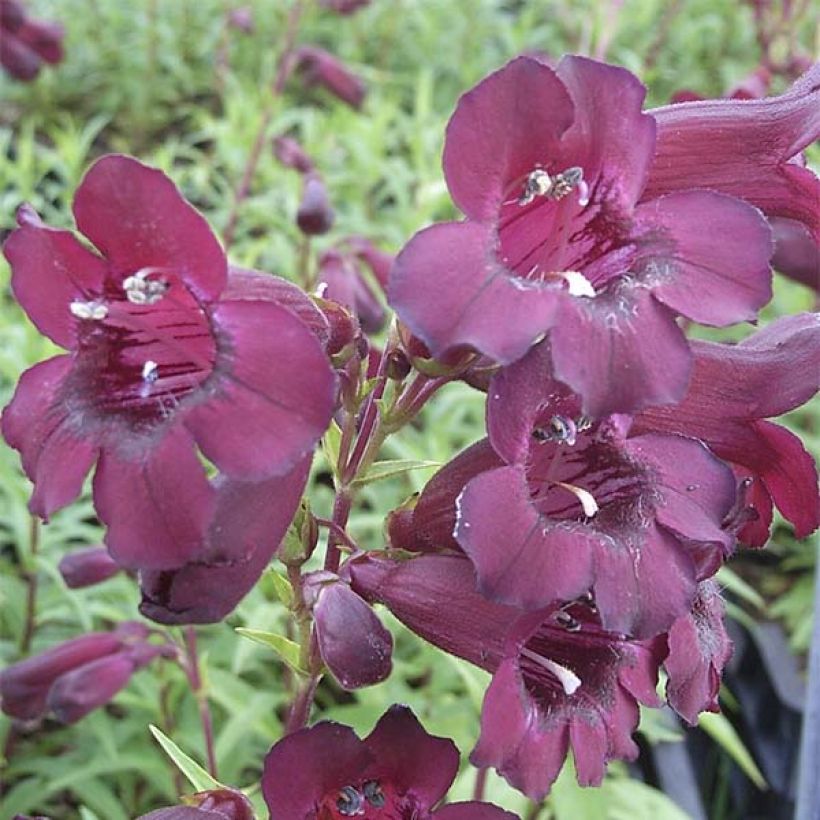

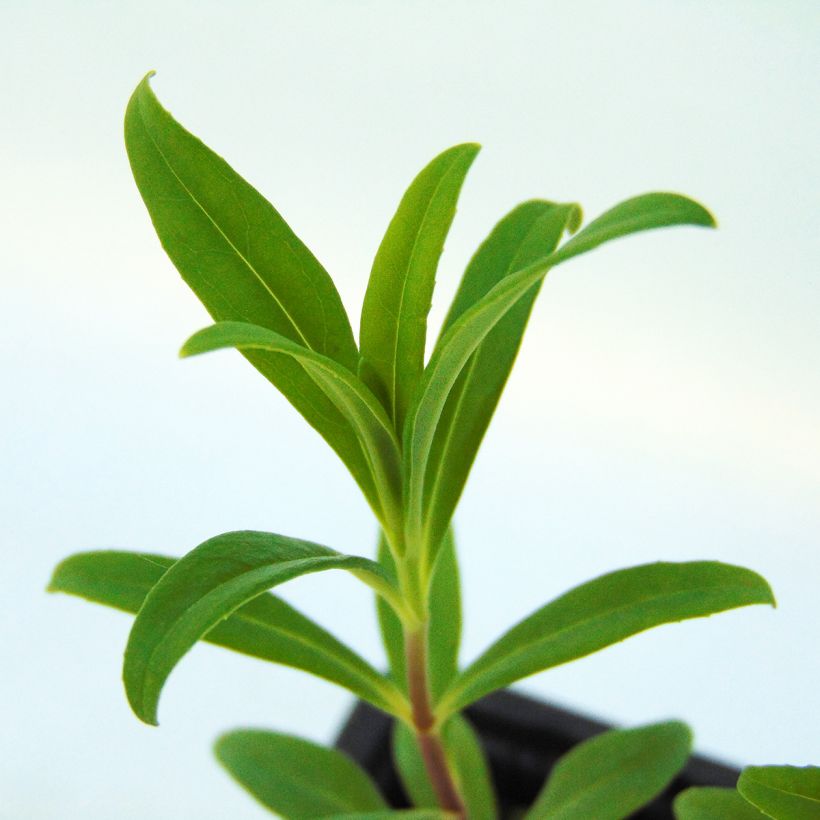

Flowering
Foliage
Plant habit
Botanical data
Penstemon
x hybrida
Rich Ruby
Scrophulariaceae (Plantaginaceae)
Bellflower Beardtongue, Canterbury Bells Penstemon
Cultivar or hybrid
Other Penstemon
Planting and care
Penstemon 'Rich Ruby' is a delicate plant that cannot withstand temperatures below -10°C (14°F) unless the soil is well-drained and the base is protected by a covering of leaves or straw. For the best growth of hybrid penstemons, it is important to pay attention to the type of soil they grow in. They prefer rich, moist to dry soils that are well-drained, especially during winter. They rot quickly in excessively damp soils. In cool climates, it is best to put the plants in a warm, sunny location sheltered from cold winds, facing south or west. In hot climates, it is more suitable to choose a semi-cool and shaded location. In colder regions, cuttings should be taken in autumn. This plant has no specific diseases and requires minimal maintenance. When removing faded flowers in autumn, be sure to slightly shorten the deflowered stems without cutting them back to the ground, especially in regions where winter is humid. The foliage plays a crucial role in moisture regulation. Wait until spring is well established (March-April) to shorten the branches whose foliage has been damaged by the cold. If the summer is dry, water the plant regularly to support flowering. In the coldest regions, cover the stump with a glass or a frame to protect it from severe cold. To rejuvenate the plant, divide your penstemons every three or four years, but wait until spring to do this.
Planting period
Intended location
Care
-
, onOrder confirmed
Reply from on Promesse de fleurs
Summer flowering perennials
Haven't found what you were looking for?
Hardiness is the lowest winter temperature a plant can endure without suffering serious damage or even dying. However, hardiness is affected by location (a sheltered area, such as a patio), protection (winter cover) and soil type (hardiness is improved by well-drained soil).

Photo Sharing Terms & Conditions
In order to encourage gardeners to interact and share their experiences, Promesse de fleurs offers various media enabling content to be uploaded onto its Site - in particular via the ‘Photo sharing’ module.
The User agrees to refrain from:
- Posting any content that is illegal, prejudicial, insulting, racist, inciteful to hatred, revisionist, contrary to public decency, that infringes on privacy or on the privacy rights of third parties, in particular the publicity rights of persons and goods, intellectual property rights, or the right to privacy.
- Submitting content on behalf of a third party;
- Impersonate the identity of a third party and/or publish any personal information about a third party;
In general, the User undertakes to refrain from any unethical behaviour.
All Content (in particular text, comments, files, images, photos, videos, creative works, etc.), which may be subject to property or intellectual property rights, image or other private rights, shall remain the property of the User, subject to the limited rights granted by the terms of the licence granted by Promesse de fleurs as stated below. Users are at liberty to publish or not to publish such Content on the Site, notably via the ‘Photo Sharing’ facility, and accept that this Content shall be made public and freely accessible, notably on the Internet.
Users further acknowledge, undertake to have ,and guarantee that they hold all necessary rights and permissions to publish such material on the Site, in particular with regard to the legislation in force pertaining to any privacy, property, intellectual property, image, or contractual rights, or rights of any other nature. By publishing such Content on the Site, Users acknowledge accepting full liability as publishers of the Content within the meaning of the law, and grant Promesse de fleurs, free of charge, an inclusive, worldwide licence for the said Content for the entire duration of its publication, including all reproduction, representation, up/downloading, displaying, performing, transmission, and storage rights.
Users also grant permission for their name to be linked to the Content and accept that this link may not always be made available.
By engaging in posting material, Users consent to their Content becoming automatically accessible on the Internet, in particular on other sites and/or blogs and/or web pages of the Promesse de fleurs site, including in particular social pages and the Promesse de fleurs catalogue.
Users may secure the removal of entrusted content free of charge by issuing a simple request via our contact form.
The flowering period indicated on our website applies to countries and regions located in USDA zone 8 (France, the United Kingdom, Ireland, the Netherlands, etc.)
It will vary according to where you live:
- In zones 9 to 10 (Italy, Spain, Greece, etc.), flowering will occur about 2 to 4 weeks earlier.
- In zones 6 to 7 (Germany, Poland, Slovenia, and lower mountainous regions), flowering will be delayed by 2 to 3 weeks.
- In zone 5 (Central Europe, Scandinavia), blooming will be delayed by 3 to 5 weeks.
In temperate climates, pruning of spring-flowering shrubs (forsythia, spireas, etc.) should be done just after flowering.
Pruning of summer-flowering shrubs (Indian Lilac, Perovskia, etc.) can be done in winter or spring.
In cold regions as well as with frost-sensitive plants, avoid pruning too early when severe frosts may still occur.
The planting period indicated on our website applies to countries and regions located in USDA zone 8 (France, United Kingdom, Ireland, Netherlands).
It will vary according to where you live:
- In Mediterranean zones (Marseille, Madrid, Milan, etc.), autumn and winter are the best planting periods.
- In continental zones (Strasbourg, Munich, Vienna, etc.), delay planting by 2 to 3 weeks in spring and bring it forward by 2 to 4 weeks in autumn.
- In mountainous regions (the Alps, Pyrenees, Carpathians, etc.), it is best to plant in late spring (May-June) or late summer (August-September).
The harvesting period indicated on our website applies to countries and regions in USDA zone 8 (France, England, Ireland, the Netherlands).
In colder areas (Scandinavia, Poland, Austria...) fruit and vegetable harvests are likely to be delayed by 3-4 weeks.
In warmer areas (Italy, Spain, Greece, etc.), harvesting will probably take place earlier, depending on weather conditions.
The sowing periods indicated on our website apply to countries and regions within USDA Zone 8 (France, UK, Ireland, Netherlands).
In colder areas (Scandinavia, Poland, Austria...), delay any outdoor sowing by 3-4 weeks, or sow under glass.
In warmer climes (Italy, Spain, Greece, etc.), bring outdoor sowing forward by a few weeks.

































